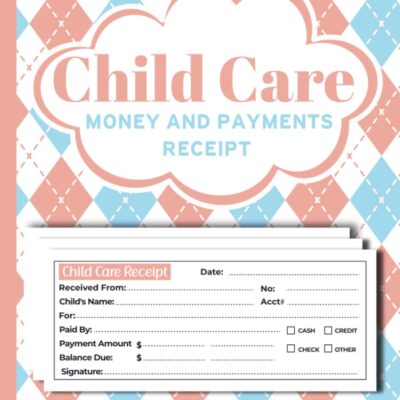
How to work with others feel like been in a situation where you’re working on a project or task, and it feels like everyone’s pointing fingers, but no one knows exactly who’s responsible for what? It can be confusing and frustrating. Let’s talk about navigating these tricky situations and working smoothly with others, even when it’s unclear who’s in charge.
First things first: It’s completely normal to experience uncertainty about responsibilities from time to time. However, it is essential to handle this uncertainty effectively to keep things moving forward. Let’s break down some simple steps to help you quickly manage these situations.
Acknowledge the Uncertainty
The first step in dealing with unclear responsibilities is acknowledging the problem. Others might feel the same if you need clarification about who should do what. Recognizing that there’s a lack of clarity is crucial. It helps you understand that the issue needs to be addressed rather than ignored.
For example, if you’re working on a group project and are unsure who should handle a specific task, it’s okay to admit that you’re confused. This acknowledgment will help you approach the situation more calmly and constructively.
Clarify the Objective
When responsibilities aren’t clear, start by focusing on the project’s primary goal. Knowing what you’re trying to achieve can make figuring out who should do what easier. Think about the result you’re aiming for and how each task fits into that bigger picture.
Imagine you’re part of a team working on a marketing campaign. If the ultimate goal is to increase brand awareness, you can think about what tasks are essential. This clarity helps you see which tasks are crucial and might guide you in figuring out who’s best suited to handle them.
Communicate Openly
Good communication is vital when responsibilities are unclear. Have an open and friendly conversation with your team members to discuss roles and tasks. Approach the discussion with a problem-solving mindset rather than blame.
For instance, if a report isn’t getting done and you’re not sure who’s supposed to complete it, you could say something like, “Hey, team, I noticed the report hasn’t been finished yet. Can we figure out who should handle this and how to finish it on time?” This way, you focus on finding a solution together rather than pointing fingers.
Document Everything
It’s super important to keep track of conversations, decisions, and tasks. Documenting everything helps prevent misunderstandings and keeps everyone on the same page. You don’t need fancy tools—a simple shared document or a note on your phone can do the trick.
For example, create a shared file listing who’s responsible for what and any critical deadlines. One might refer to this paper as a guide and help clear any confusion about responsibilities.
Seek Guidance from a Leader
If the uncertainty continues and you’re struggling to get things sorted out, it might be time to ask for help from a supervisor or project leader. Leaders can clarify who should handle different tasks and help you get things back on track.
When approaching a leader, be clear about the issue and what you need help with. For example, “We’ve had some confusion about who’s responsible for certain tasks in our project. Can we discuss how to clarify roles so we can move forward?” This shows that you’re proactive and looking for a solution.
Collaborate and Fill Gaps
While working on getting clarity, focus on collaborating with your team to ensure all tasks are covered. Working together can help you manage the workload even if roles still need to be perfectly defined.
For example, if you need help deciding who should handle a specific task, consider dividing it among team members or temporarily taking it on yourself. This will help you to maintain the project under active progress and show you’re a team player.
Follow Up and Adjust
Unclear Responsibilities in Teamwork: Regular check-ins are essential to manage responsibilities effectively. Set up times to review progress and address any new uncertainties. Regular updates help keep everyone aligned and make it easier to adjust plans as needed.
You might schedule weekly meetings to review what’s been done, what still needs to be tackled, and whether any roles need to be adjusted. This ongoing communication helps prevent misunderstandings and keeps everyone on track.
Learn and Improve
After you’ve worked through the situation, take some time to reflect on what happened. Think about what worked well and what could be improved. Use this experience to establish better systems for defining roles and responsibilities in future projects.
Consider creating a clear plan for assigning tasks and responsibilities from the start of your next project. This might include detailed role descriptions and regular updates to ensure everyone knows what’s expected. Learning from your experience helps you handle similar situations more smoothly in the future.
Conclusion
How to Work with Others can be challenging but manageable with the right approach. By acknowledging the problem, clarifying the objective, communicating openly, documenting everything, seeking guidance, collaborating, following up, and learning from the experience, you can navigate these tricky situations and work effectively with your team.
Remember, staying positive and proactive makes a big difference. With a little effort and a friendly approach, you can overcome confusion and keep your projects on track. So next time you face unclear responsibilities, use these tips to guide you and make your teamwork shine!
If you want to learn my #1 SKYN Elite – 36 Count – Ultra-Thin, Lubricated Latex-Free Condoms , Click Here Now.





